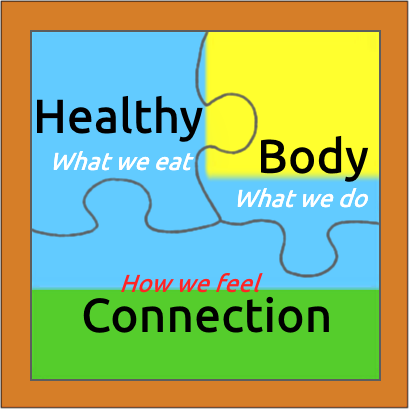How to follow a ketogenic diet
Let me precede the following information with this important reminder: If you are on insulin, or take any other medications, a ketogenic diet must always be done under the careful supervision of a qualified medical doctor who can monitor you and adjust your medications as needed.
A ketogenic diet is one that is high in fat, moderate in protein, and very low in carbohydrates. The suggested ratios of macronutrients on a keto diet can vary among individuals, but typically fall within the ranges of:
- Fat: 65 to 85%
- Protein: 15 to 35%
- Carbohydrate: 0 to 10%
What this looks like is:
- The goal for carbohydrate intake on a ketogenic diet is to aim for no more than 50 grams of total carbohydrates per day, or 20 grams of net carbohydrates per day.
- For those following the ketogenic diet as a therapeutic diet for the prevention or reversal of diabetes, carbohydrates are generally kept below 30 total grams per day.
- For those following a ketogenic diet for other therapeutic reasons, total daily carbohydrate intake may go from as low as 0 to less than 20 grams of total carbs per day.
- The goal for protein intake on a ketogenic diet is approximately 1 gram of protein per pound of ideal body weight.
- Fat makes up the remaining calories, to create satiety. It’s important to note that fat macros are to be viewed as the upper limit of fat intake per day, and are not a goal to be met.
Medical keto diets, such as the ones doctors prescribe for children with epilepsy, are even more restrictive. They usually include approximately 70-90% fat, 10-30% protein, and as close to zero carbs as possible
Beginners Guide to Keto: Table of Contents

